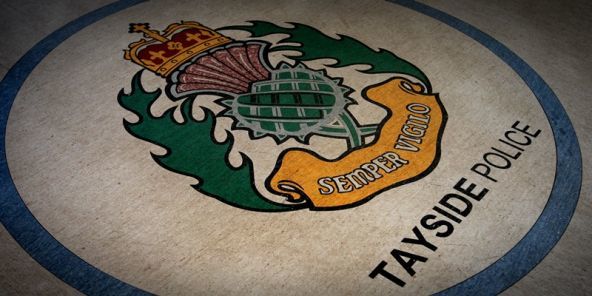Tayside Police received the highest rate of complaints against officers in Scotland last year.
The forced received 11.4 complaint cases per 10,000 population, rising from 11.1 the year before. The rate is below the 12 recorded in 2009/10 but well above last year’s national average of 8.4.
The new figures come from a report by the Police Complaints Commissioner for Scotland.
Fife Constabulary received 9.2 complaint cases per 10,000 last year, up from 7.8 the year before.
Among the issues reported across the country were ”irregular procedure” where it is thought officers have not carried out their duty well.
Incivility, where an officer is seen to have acted in a rude manner, and neglect of duty also ranked high among the complaints.
Strathclyde Scotland’s largest force received the lowest proportion of complaints per head with only 6.1 cases per 10,000 people.
A spokeswoman for Tayside Police claimed the rise in the rate of complaints could mean that people are actually becoming more confident when it comes to reporting any issue they have with officers.
She said: ”Tayside Police aims to deliver the highest standards of policing to the communities it serves. On those occasions where people feel that our service has fallen short of their expectations, or the standards that the public deserve, it is right that they make us aware of their dissatisfaction.
”This is something we actively encourage, so as to ensure that lessons are learned and mistakes are not repeated.”
